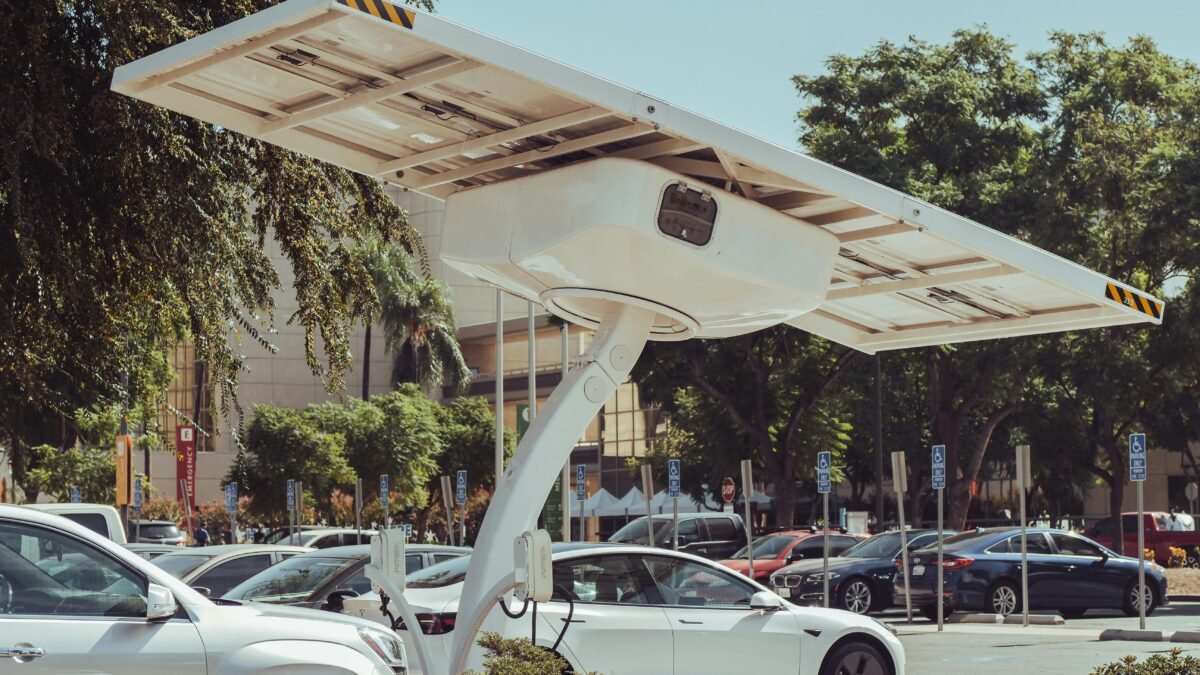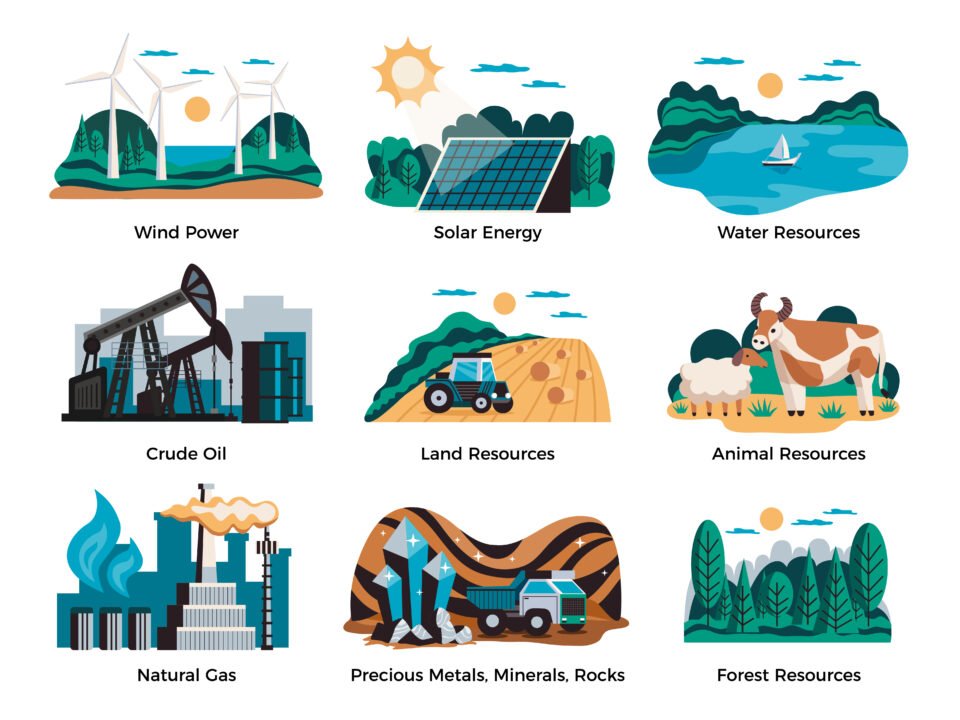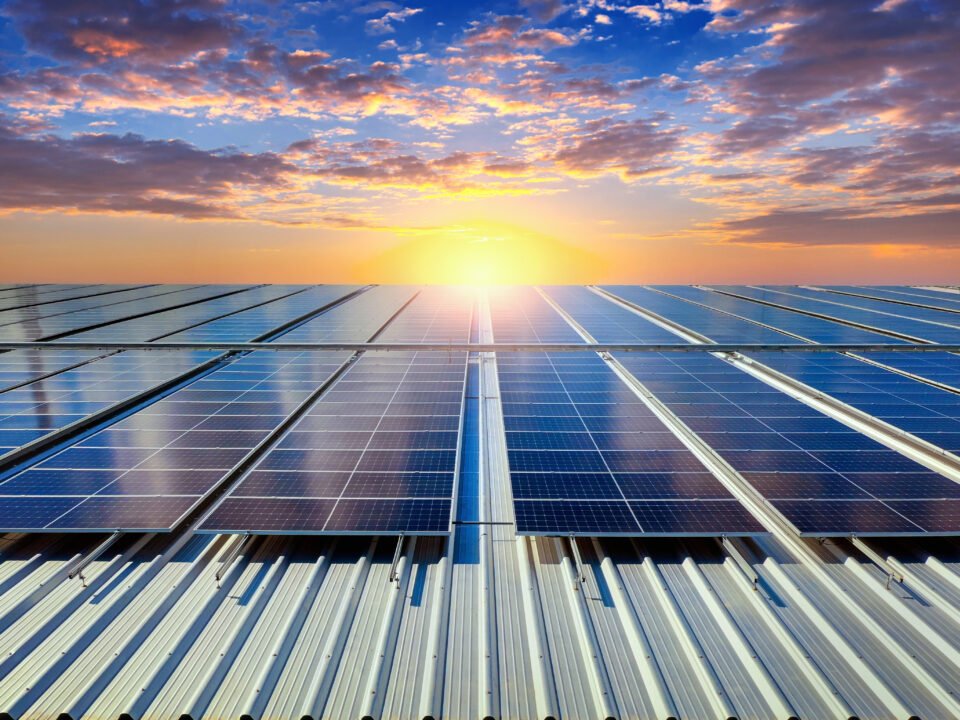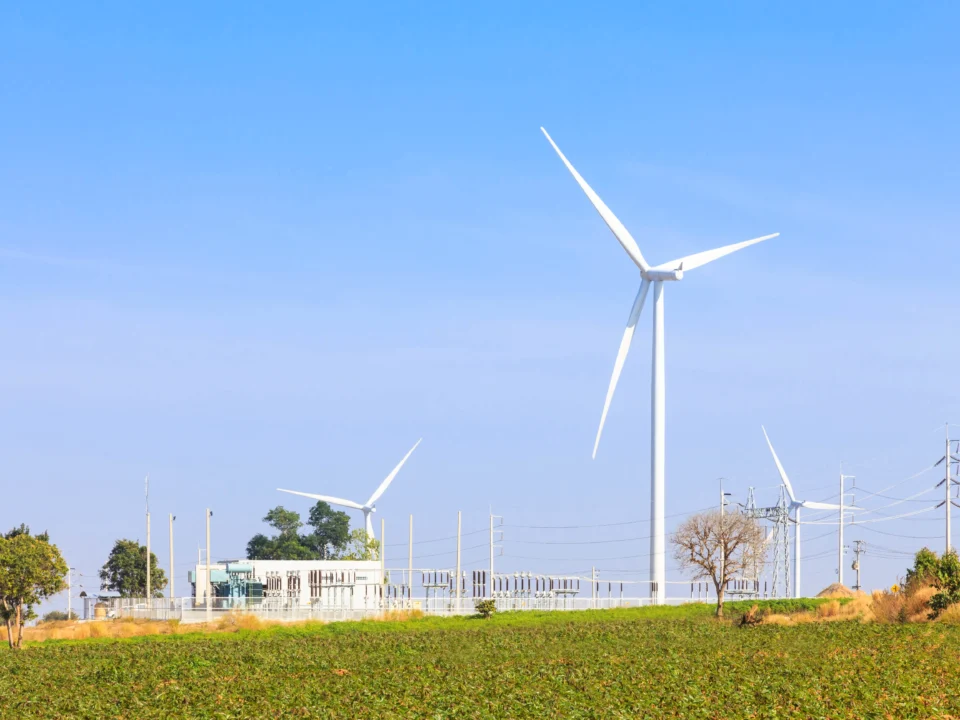The solar photovoltaic (PV) industry has witnessed significant technological advancements over the past few decades, transforming how we generate and utilize solar energy. These innovations are not only making solar PV power plants more efficient and cost-effective but are also paving the way for a more sustainable and resilient energy future. Let’s delve into some of the most exciting technological innovations in solar PV power plants.
Advanced Photovoltaic Materials
One of the most critical areas of innovation in solar PV technology is the development of advanced photovoltaic materials. Traditional solar panels are made from silicon, but researchers are exploring new materials that can offer higher efficiency and lower production costs. Perovskite solar cells, for example, have shown great promise. These cells are made from a class of materials with a unique crystal structure that allows for excellent light absorption and energy conversion. Perovskites can be manufactured using low-cost processes and have the potential to surpass the efficiency of silicon-based panels.
Bifacial Solar Panels
Bifacial solar panels are another significant innovation in the solar PV industry. Unlike traditional solar panels that only capture sunlight from one side, bifacial panels are designed to absorb light from both the front and back surfaces. This dual-sided absorption increases the overall energy yield, especially in environments with high albedo, such as snow-covered or reflective surfaces. Bifacial panels can be installed in various configurations, including vertical, tilted, and even on rooftops, making them versatile and highly efficient.
Floating Solar Farms
The concept of floating solar farms, or “floatovoltaics,” is gaining traction as a way to maximize the use of space and improve energy generation. Floating solar PV systems are installed on bodies of water, such as reservoirs, lakes, and even oceans. These installations offer several advantages, including reduced land use, decreased water evaporation, and improved panel efficiency due to the cooling effect of water. Floating solar farms are particularly beneficial in regions with limited land availability or high population density.
Energy Storage Solutions
Energy storage is a crucial component of modern solar PV power plants, addressing the intermittency of solar power and ensuring a stable supply of electricity. Advances in battery technology, such as lithium-ion and solid-state batteries, are enabling more efficient and cost-effective storage solutions. These batteries can store excess solar energy generated during peak sunlight hours and discharge it when demand is high or solar production is low. Integrating energy storage with solar PV systems enhances grid stability, reliability, and resilience.
Solar Tracking Systems
Solar tracking systems are designed to optimize the angle of solar panels to capture the maximum amount of sunlight throughout the day. There are two main types of solar trackers: single-axis and dual-axis. Single-axis trackers follow the sun’s movement from east to west, while dual-axis trackers can adjust both horizontally and vertically to track the sun more precisely. These systems can significantly increase the energy yield of solar PV power plants, especially in regions with high solar irradiance.
Transparent Solar Panels
Transparent solar panels, also known as solar windows, represent a groundbreaking innovation in the solar PV industry. These panels are designed to generate electricity while allowing light to pass through, making them ideal for integration into buildings, windows, and other surfaces. Transparent solar panels use organic photovoltaic materials or thin-film technologies to achieve their see-through properties. They offer a unique opportunity to incorporate solar energy generation into urban environments without compromising aesthetics or functionality.
Smart Inverters and Grid Integration
The integration of smart inverters and advanced grid management technologies is enhancing the performance and reliability of solar PV power plants. Smart inverters can regulate the flow of electricity between the solar panels and the grid, optimizing energy production and ensuring grid stability. These inverters are equipped with advanced features, such as real-time monitoring, remote control, and predictive maintenance, enabling more efficient and reliable operation of solar PV systems.
Conclusion
Technological innovations in solar PV power plants are driving the transition to a more sustainable and resilient energy future. From advanced photovoltaic materials and bifacial panels to floating solar farms and energy storage solutions, these innovations are making solar energy more efficient, cost-effective, and versatile. As we continue to invest in and develop new technologies, the potential for solar PV power plants to play a leading role in the global energy landscape will only grow, bringing us closer to a cleaner, greener, and more sustainable world.




